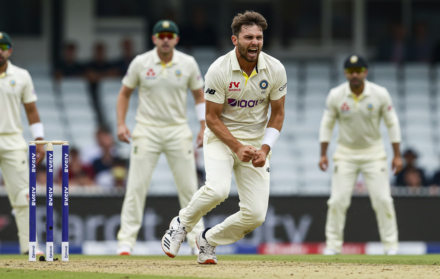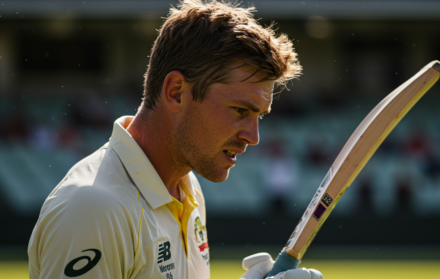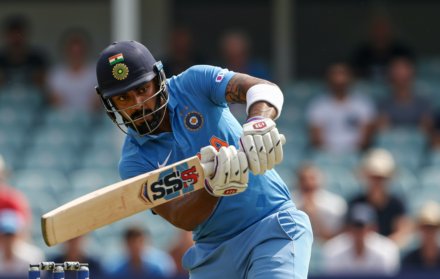
Cricket in the USA: Growth and Challenges
For a country where baseball, basketball, and American football dominate the cultural landscape, cricket might seem like a fringe sport. But scratch beneath the surface, and you’ll find a different story emerging. With a growing immigrant population, increasing investment, and now even international tournaments scheduled on American soil, cricket in the USA is no longer an afterthought—it’s a sport on the brink of transformation.
Yet, the journey is far from smooth. Cricket’s American story is one of contradiction: booming participation at the grassroots level, yet a lack of infrastructure; passionate fans, yet minimal mainstream media attention. The sport thrives in pockets—among South Asian, Caribbean, and British expat communities—but still struggles to break into the mainstream consciousness.
This article explores the key drivers behind cricket’s recent growth in the United States, and the structural, cultural, and economic hurdles it continues to face. From the glitzy promise of Major League Cricket to the invisible work of local clubs, we’ll unpack what’s working, what isn’t, and what the future could hold for a sport that’s always felt out of place in America—but perhaps not for much longer.
1. A Sport Reborn: The Role of Immigrant Communities
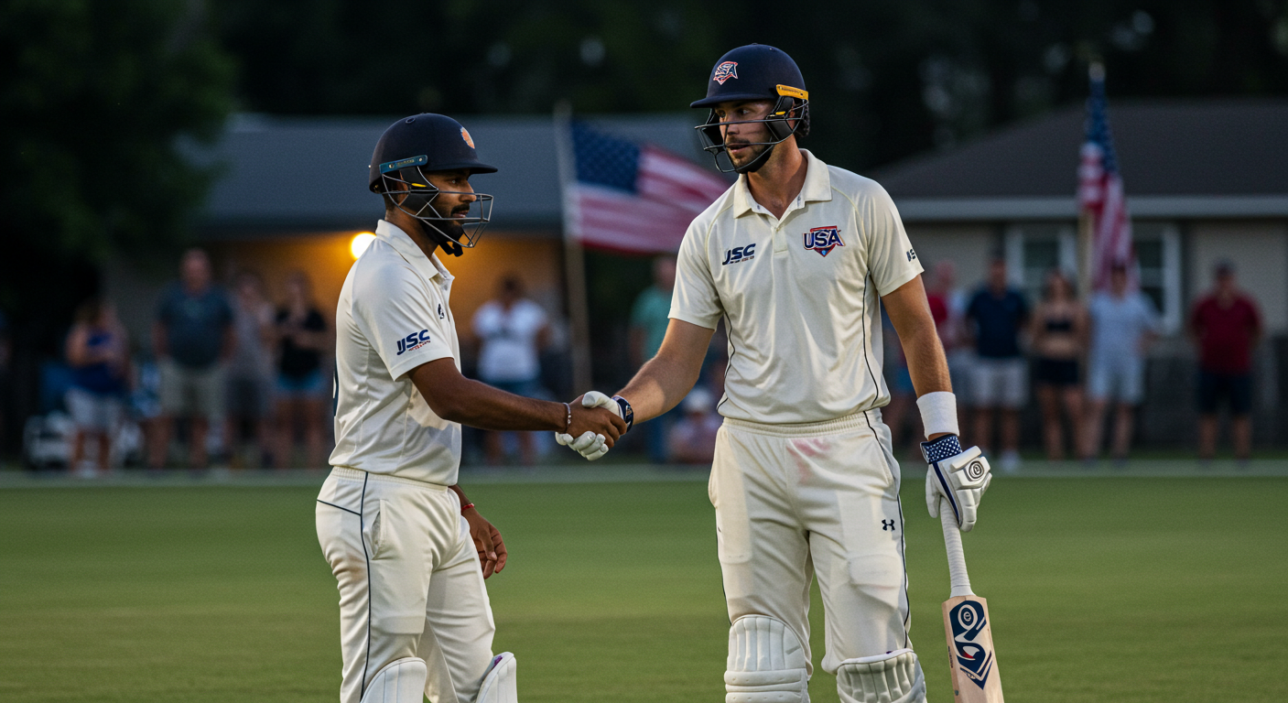
To understand the recent rise of cricket in the USA, you have to look beyond scoreboards and stadiums. You have to go into community parks in Houston, make-shift pitches in New Jersey, and dusty lots in California. Because that’s where the sport is thriving—powered by passion, not prestige.
It’s the South Asian diaspora that has driven this revival more than any formal structure. Indian, Pakistani, Bangladeshi, and Sri Lankan immigrants—many of whom grew up with cricket as a daily ritual—have brought the sport with them. For these communities, cricket isn’t just a game; it’s a tether to home, culture, and identity.
Leagues have sprung up in cities with large immigrant populations. Weekend tournaments draw hundreds of players. There are WhatsApp groups with live scoring, local heroes, and serious competition. The grassroots energy is real—but it’s disconnected from national systems.
What’s missing is integration. While there’s enormous participation at the amateur level, there’s little visibility in the wider sporting ecosystem. Public schools don’t offer it. Universities rarely support it. And unless you’re inside the community, you might not even know it’s happening.
Still, this underground fervour lays the foundation. Without it, there’d be no momentum. With it, the potential of cricket in the USA begins to look genuinely promising.
2. Major League Cricket: Glitz, Hype, and Real Potential
If local leagues represent the grassroots, Major League Cricket (MLC) is the sport’s moonshot in the States—a bold, big-money bet that cricket can be packaged for American audiences. And it’s not just wishful thinking. Backed by serious investors, including figures from Silicon Valley and IPL franchises, the MLC launched in 2023 with an eye on doing what no other project has done before: make cricket a commercial success in the USA.
The inaugural season was compact but eye-catching. Teams based in major metro areas—Los Angeles, San Francisco, Dallas—featured international stars like Faf du Plessis, Kieron Pollard, and Marcus Stoinis. The product looked polished. Broadcast deals were secured. Crowds turned up.
But it’s still early days. For MLC to succeed, it needs more than celebrity players and flashy marketing. It needs long-term player development, proper stadium infrastructure, and buy-in from communities beyond the diaspora. American fans unfamiliar with cricket won’t stay engaged unless the experience is seamless, exciting, and relatable.
That said, MLC has given cricket in the USA something it’s never had before: visibility. For the first time, the sport has a public face that feels ambitious and modern. Whether it becomes sustainable remains to be seen—but as a catalyst, it may be exactly what the sport needs.
3. Infrastructure Gaps: Fields, Facilities, and Frustration
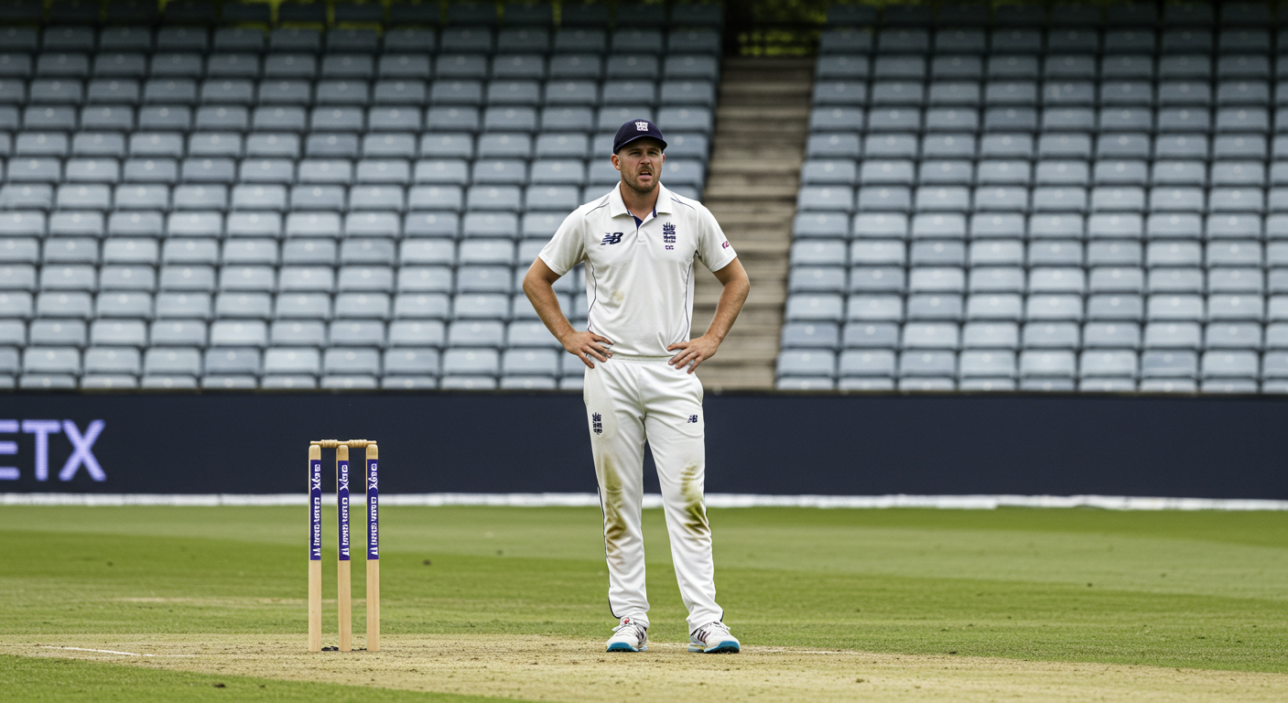
There’s no shortage of enthusiasm. What’s missing is somewhere to play. Across the country, amateur teams often find themselves scrambling for cricket grounds, forced to share spaces with baseball or play on uneven public fields never designed for the sport. The lack of infrastructure is one of the biggest structural hurdles facing cricket in the USA today.
This isn’t just about turf quality. Many leagues operate without access to proper dressing rooms, scoreboards, or even boundary ropes. Grass pitches are a rarity; most matches are played on artificial mats or modified baseball diamonds. For youth cricketers trying to train seriously, it becomes nearly impossible to replicate match conditions.
And then there’s zoning. Cricket fields require a 360-degree playing area—something most city councils and park departments aren’t equipped to accommodate or prioritise. Applications for permits often fall through the cracks. Teams resort to informal arrangements that lack consistency or long-term stability.
Without dedicated infrastructure, even the best coaching or league organisation struggles to make a lasting impact. It’s a bottleneck that stifles development at every level—from grassroots to elite.
Until cities, counties, and governing bodies recognise the need to invest in cricket-friendly facilities, the growth of the sport will continue to be hampered, no matter how strong the demand.
4. Youth Development: The Missed Opportunity
Perhaps the most underutilised lever for growing cricket in the USA is youth development. In a country where sports are introduced early and woven into school systems, cricket’s near-total absence from mainstream education is a glaring oversight.
Few American schools offer cricket as part of their physical education curriculum. Fewer still field proper teams. Most young players learn the game through family members or local clubs—often coached by volunteers rather than trained professionals. There are no scholarships, no defined pathways, and minimal visibility at university level.
Contrast that with basketball or American football, where college systems serve as talent pipelines to professional leagues. Cricket has no equivalent. Promising players hit a ceiling early, with no route into national-level training or consistent competition.
Several organisations, including USA Cricket, have recognised this and launched development programmes—but they remain fragmented. A unified, nationwide structure linking schools, clubs, and elite academies is still missing.
That’s a shame, because the interest exists. Kids from cricketing families are eager to play. And if given proper support, they could become ambassadors for the sport beyond their communities. Until that system exists, cricket in the USA will remain a sport that young talent enters by accident, not design.
5. Media Coverage and Visibility: The Missing Spotlight
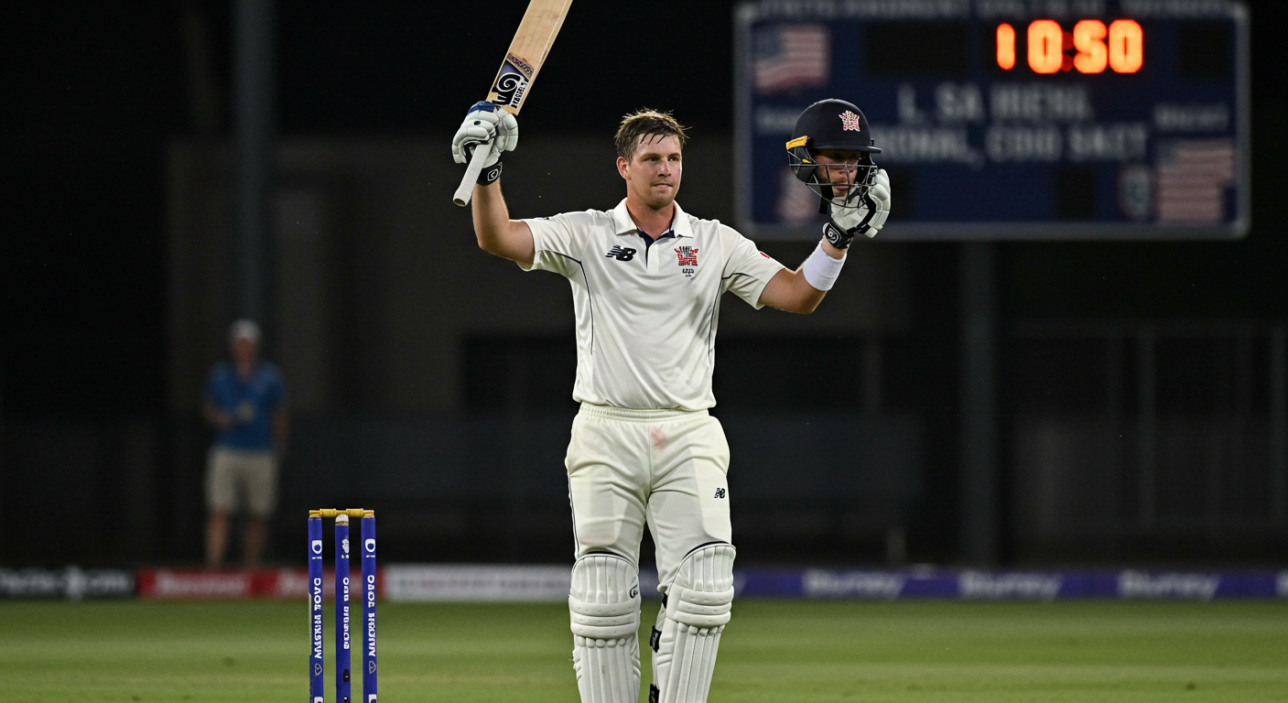
In a country where sport is content and content is king, cricket struggles to even make the broadcast schedule. That lack of media visibility may be one of the most significant—and solvable—barriers to wider engagement.
Most major American sports enjoy round-the-clock coverage: live games, punditry, talk radio, podcast discussions, and viral clips. Cricket, by contrast, lives in the margins. Unless you’re already following the right YouTube channels or niche streaming platforms, you’re unlikely to stumble across a highlight, let alone a live match.
Part of the issue is that mainstream American broadcasters simply don’t know how to package the game. Test matches are too long for traditional formats. T20, despite its shorter window, still struggles to compete with the immediacy of basketball or the pageantry of NFL games.
But things are starting to shift. Willow TV has carved out a niche, and Major League Cricket has pushed into more recognisable streaming services. Still, for cricket in the USA to become truly visible, it needs more than match footage—it needs storytelling. Background pieces, behind-the-scenes content, player profiles, and charismatic commentators who can explain the game in a way new fans will understand.
Until that happens, the sport will remain present but unseen—enthusiastically followed by some, but invisible to most.
6. Governance and Internal Politics: A History of Disruption
It’s hard to build a sustainable sport when the governing structures keep imploding. Unfortunately, cricket’s history in the United States is littered with internal conflict, suspended bodies, and power struggles that have repeatedly derailed progress.
The United States of America Cricket Association (USACA), once the ICC-recognised governing body, was expelled in 2017 after years of mismanagement and infighting. Its replacement, USA Cricket, started with promise—new leadership, a clean slate, and a goal to professionalise operations. But even that organisation has faced recent turmoil, with financial shortfalls, boardroom disputes, and delayed elections drawing criticism from stakeholders and fans alike.
This instability trickles down. Sponsors hesitate. Youth programmes stall. Coaches, players, and volunteers lose faith in the system. The sport begins to look unreliable—despite all the passion behind it.
And that’s the paradox. There is no shortage of people in the US who care deeply about cricket. But without consistent, transparent, and functional governance, those efforts risk being wasted. For cricket in the USA to thrive, it needs a body that can unify local and national interests, manage funds responsibly, and think long-term. Until then, potential will continue to outpace delivery.
7. The Role of International Cricket: A Double-Edged Sword
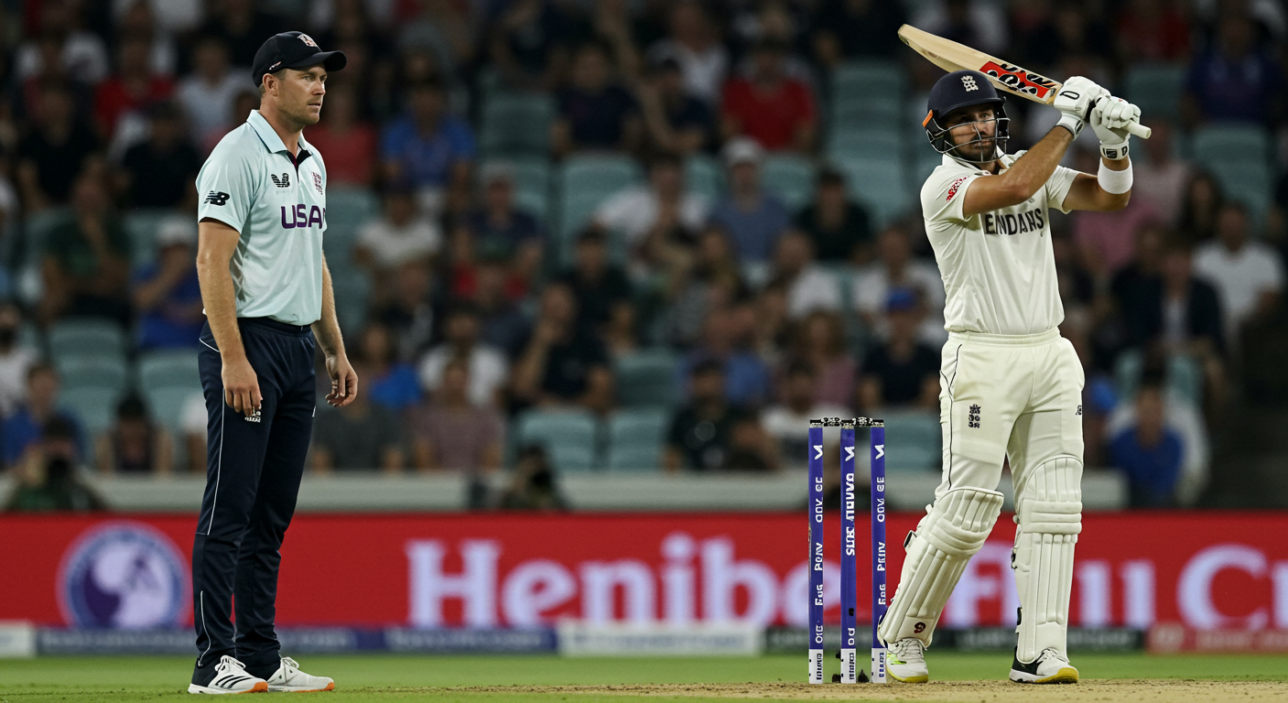
Hosting international matches might seem like a fast track to popularity—but it’s not always that simple. When the ICC awarded the USA co-hosting rights for the 2024 Men’s T20 World Cup, the decision was hailed as a turning point. Finally, the global cricket community was paying attention.
And yes, marquee events bring benefits. They drive infrastructure investment, generate media buzz, and introduce the game to new fans. Stadiums in Florida, Texas, and New York were upgraded or built. Tickets sold. Headlines followed. But these benefits can be short-lived if they’re not linked to sustainable local growth.
The truth is, high-profile events don’t automatically build grassroots engagement. The risk is that cricket becomes a spectacle—something that happens to the USA, not in it. Without local talent pathways feeding into these moments, the country risks remaining a venue, not a cricketing nation.
That said, these events do matter. They give visibility, legitimacy, and excitement to a sport that often lacks all three in the American market. The challenge is converting spectacle into structure. That’s where the next phase of planning needs to focus—because international cricket alone won’t carry the weight of growing cricket in the USA.
8. The Path Forward: Can Cricket Ever Go Mainstream?
Ask any American sports fan what they know about cricket and you’ll likely get a shrug—or a joke about it taking five days. But that’s slowly changing. The real question now is whether the sport can move from niche to national relevance.
For cricket to make that leap, it needs more than leagues and tournaments. It needs a cultural foothold. That means developing school-based programmes, investing in full-time coaching roles, and training administrators who understand both the game and the unique nuances of American sport marketing. It also means simplifying the message. Cricket’s complexity can be off-putting to newcomers. The T20 format offers an ideal gateway—but only if introduced properly.
There’s also an opportunity to tap into existing sporting infrastructure. Why not use off-seasons, unused baseball fields, and shared facilities to embed cricket into communities already passionate about sport?
Cricket in the USA doesn’t have to follow the same growth model as it did elsewhere. In fact, it probably can’t. But by forging its own path—with grassroots energy, international flair, and genuine accessibility—it can become a viable, visible sport in America’s crowded marketplace. The pieces are in place. Now it’s about aligning them.
Conclusion: Why Cricket in the USA Deserves Its Moment
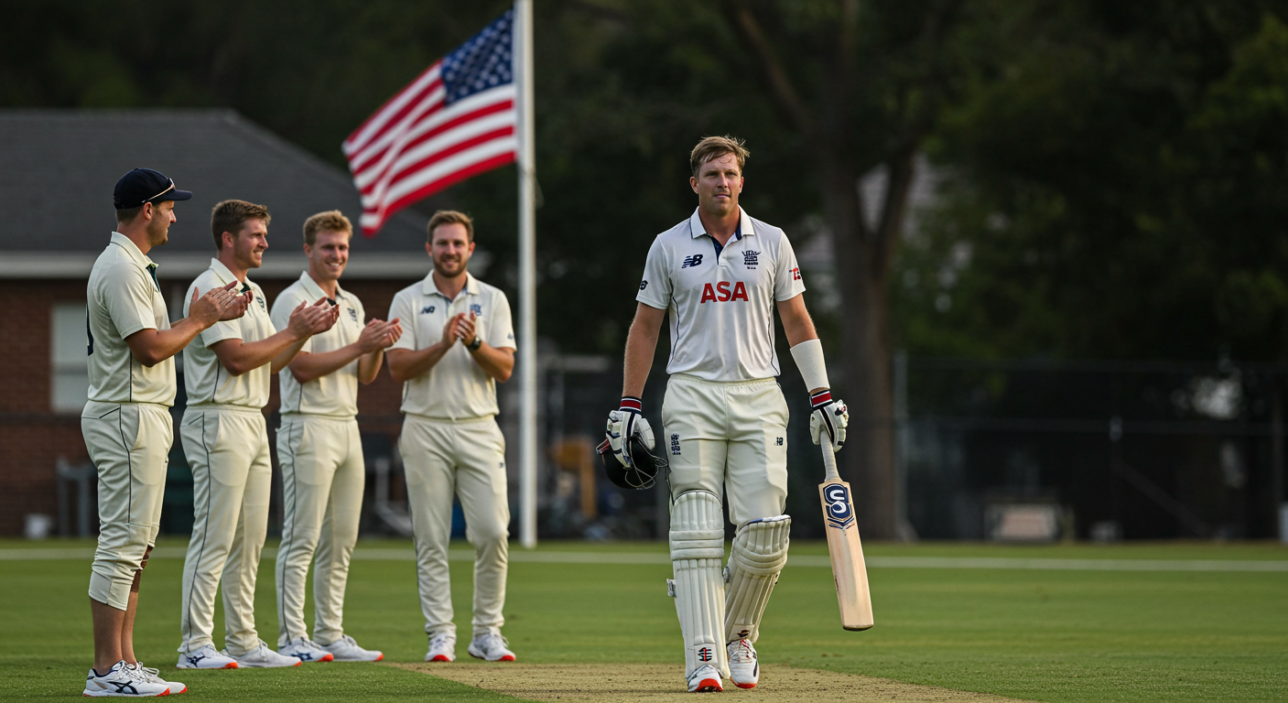
It’s easy to dismiss cricket as incompatible with American culture—too slow, too foreign, too complicated. But that misses what’s really happening on the ground. From community leagues to national franchises, and from weekend warriors to future pros, cricket in the USA is no longer just a curiosity—it’s a movement.
Yes, challenges remain. Infrastructure is patchy. Governance has been turbulent. Youth development is undercooked. But look closer, and you’ll find people making it work anyway. Volunteers marking pitches by hand. Parents organising youth clinics in parking lots. Entrepreneurs trying to stream matches on their phones.
It’s these stories, not just big-money leagues or World Cup fixtures, that will ultimately shape the sport’s future here. Cricket will not become America’s number one sport—nor does it need to. But there’s space for it to thrive, in its own way, on its own terms.
And with each boundary hit in Dallas or wicket taken in New Jersey, the sport inches forward. Not loudly. Not quickly. But undeniably.
That’s why now, more than ever, it’s time to take cricket in the USA seriously—not as a novelty, but as a growing part of the country’s sporting landscape.


